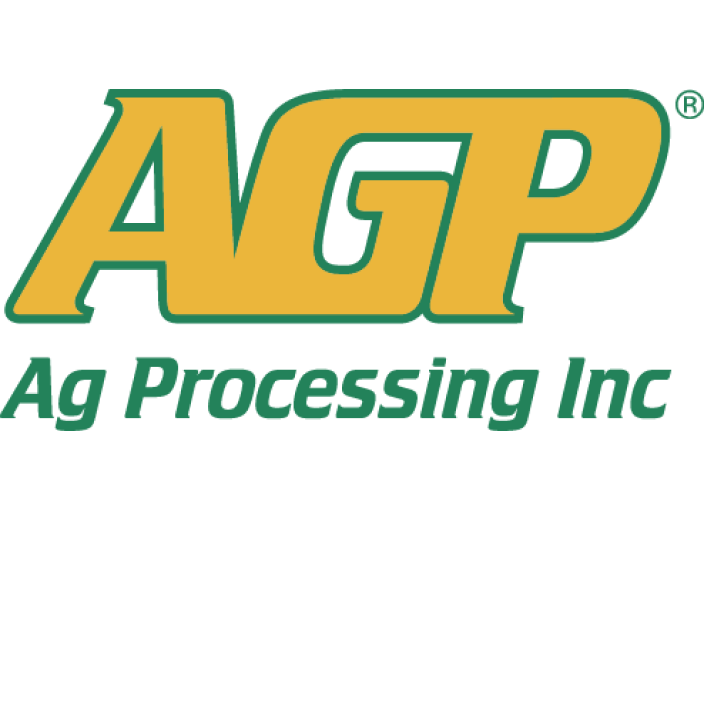Client Story: Ag Processing Inc (AGP®)
World’s largest cooperative soybean processor converts to virtual payments
Always monitoring industry trends to improve customer success, Ag Processing Inc recognized a few years ago that optimizing payment practices would not only increase savings and generate working capital, but also improve business relationships by paying suppliers faster and more securely.
Having analyzed the task and determined the need for substantial change, AGP knew that any partner on this project would have to match its values of hard work and innovation. U.S. Bank was a natural fit.
About Ag Processing Inc
For nearly 40 years, Omaha, Neb.-based Ag Processing Inc (AGP) has helped lead the agriculture industry by connecting farmers with markets in a complex domestic and international supply chain. The soybean processor serves a network of 145 local and regional cooperatives – collectively representing more than 250,000 North American farmers.
- The challenge: Revamp payment practices to increase savings, generate working capital and improve business relationships.
- The solution: U.S. Bank Virtual Pay, a virtual card payment program
Partners in a virtual payments program
AGP knew that issuing large volumes of check payments was inherently slow and inefficient, both for itself and its trading partners that had to process those payments. The organization began converting a portion of the check payments it was mailing to various contractors and suppliers to virtual card payments through U.S. Bank Virtual Pay solution.
“For the past five years, the program has enabled us to enhance process efficiency, reduce payment fraud risk and improve our working capital performance, says Kyle Droescher, vice president of finance at AGP.
Accommodating an array of transactions
Virtual payments are electronic account numbers that AGP sends to a specific supplier, allowing for a payment of a particular amount during a designated date range. This form of payment doesn’t require the issuing of plastic cards and can accommodate many transactions for which purchasing cards haven’t been an effective solution, including those that need to be tracked against vendor contracts.
Realizing results
Over the five years of its program, AGP annually has been making an average of more than 5,000 virtual payments a year representing $19-$20 million in spending. By migrating approximately 7 percent of certain contractor and supplier payments from check to virtual payments, the company has saved, by conservative estimates, at least $135,000 on processing payments during that time, Droescher says.
AGP has reduced its risk of check fraud while experiencing no fraud related to virtual payments. Working capital performance has been improved as well. Depending on the payment cut-off cycle, the company can gain up to about 15 days of additional float on virtual payments, and it’s been receiving valuable incentives on these transactions.
“The program has enabled us to enhance process efficiency, reduce payment fraud risk and improve our working capital performance.”
- Kyle Droescher, VP of Finance, Ag Processing Inc
Getting the program off the ground
U.S. Bank helped AGP identify vendors that already were accepting card payments from their other customers, and thus likely would be receptive to AGP’s implementation of the virtual payments solution. “That made the initial vendor campaign very successful,” Droescher notes.
The internal AGP team worked with representatives from U.S. Bank who were responsible for project management, vendor enrollment and technical support, among other functions. The two groups help weekly conference calls to discuss goals and implementation progress, as the project partners worked to enroll as many vendors as possible to maximize AGP’s cost savings and efficiencies.
Promoting Virtual Pay with vendors
U.S. Bank provided email communications that AGP sent to its vendors to make them aware of the new payment option, explain the program rollout and highlight benefits they could expect, such as a streamlined accounts payable process. U.S. Bank also worked with Visa to identify card-accepting vendors, and then contacted them by phone to bring them into the program. Once U.S. Bank provided a list of enroll vendors, AGP updated its accounts payable master file to switch those vendors from check to virtual payments.
Training A/P staff on the new process
At the time AGP implemented virtual payments, its accounts payable staff was decentralized, so the team used webinars to help these employees learn about the new system. “U.S. Bank was instrumental in developing the training material when we rolled out the process to accounts payable personnel in the field,” Droescher says.
The new process for paying vendors is similar to the process used to pay them with checks. Vendors send invoices that AGP employees review and approve for payment. This may include validating them against purchase orders. The invoices are then submitted for payment.
The difference comes at the point of payment. Vendors are set up in AGO’s accounts payable system for virtual payments, so their payments don’t require checks to be issued and mailed. AGP sends electronic instruction files to U.S. Bank. Unique, one-time-use account numbers are generated for each supplier in the exact payment amount and authorized for a specific time period. Vendors are notified of a payment via a secure email that contains processing instructions and remittance detail. Once retrieved, payments are processed like any other credit card payment, after which the account number becomes invalid.
Maintaining a successful virtual payments program
AGP promotes virtual payments to all new vendors. If they decline, the company promotes an Automated Clearing House (ACH) electronic payment option, which Droescher says has attracted a growing number of vendors after COVID-19 required their accounts receivable staff to work remotely. Checks remain a third option that some AGP suppliers still prefer.
AGP has been able to maintain a steady $19-$20 million in annual virtual payments by having U.S. Bank spearhead supplier enablement campaigns every 18 to 24 months.
“U.S. Bank has done a great job with the campaigns. They know the program inside and our and act as an extension of AGP in marketing virtual payments to our suppliers,” Droescher says. “The bank is a strong player in card solutions, which has made converting to the Virtual Pay program – and maintaining it – pretty easy.”
Let’s talk about replacing checks and manual procedures with virtual cards.
Virtual payments can allow you to streamline payments and simplify reconciliation. The U.S. Bank team is ready to design a program that works for you.
More treasury and payments success stories

Virtual accounts help major commercial real estate developers realize AP efficiencies.

Zelle® streamlines employee reimbursements at major resort.


